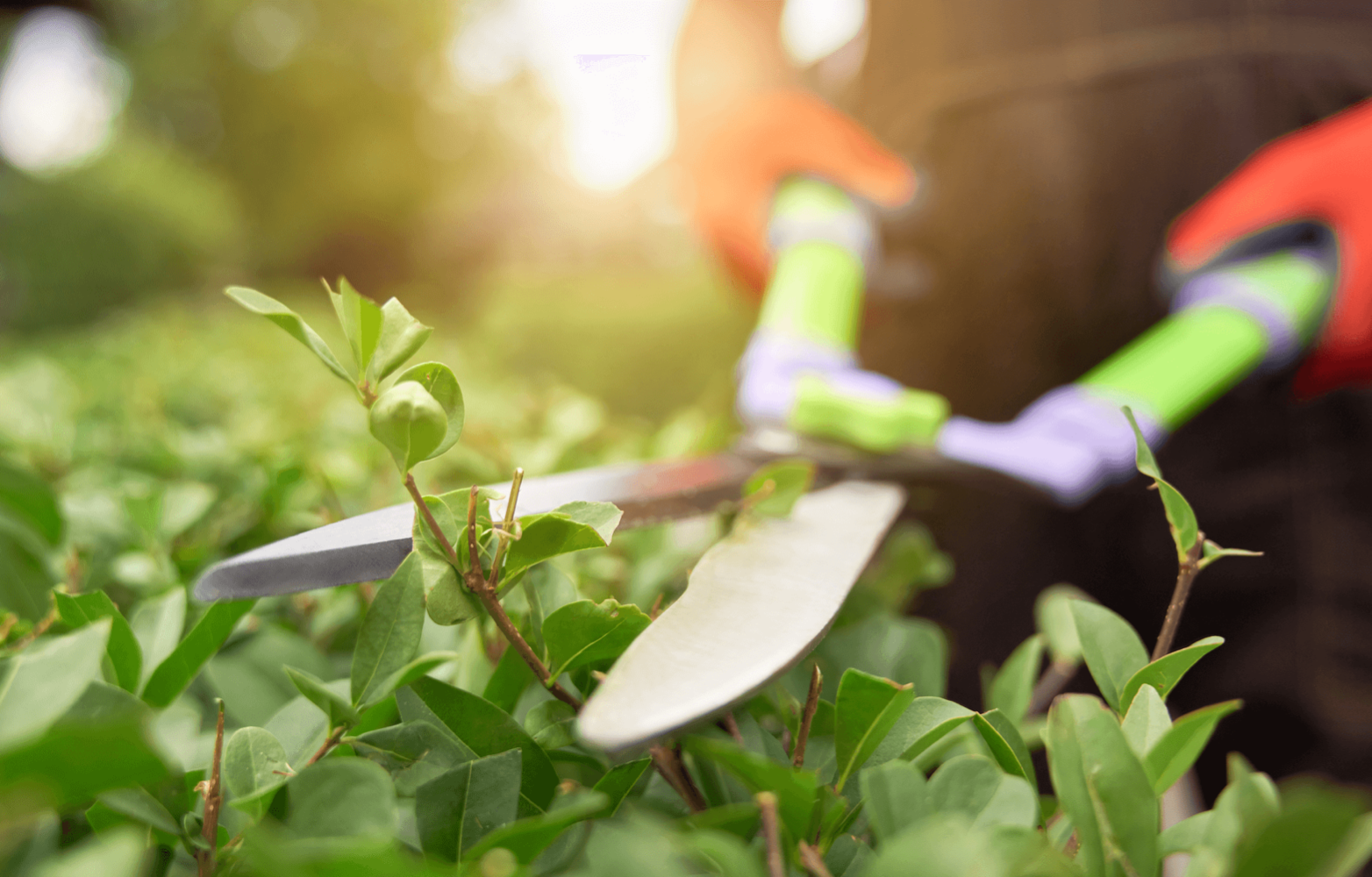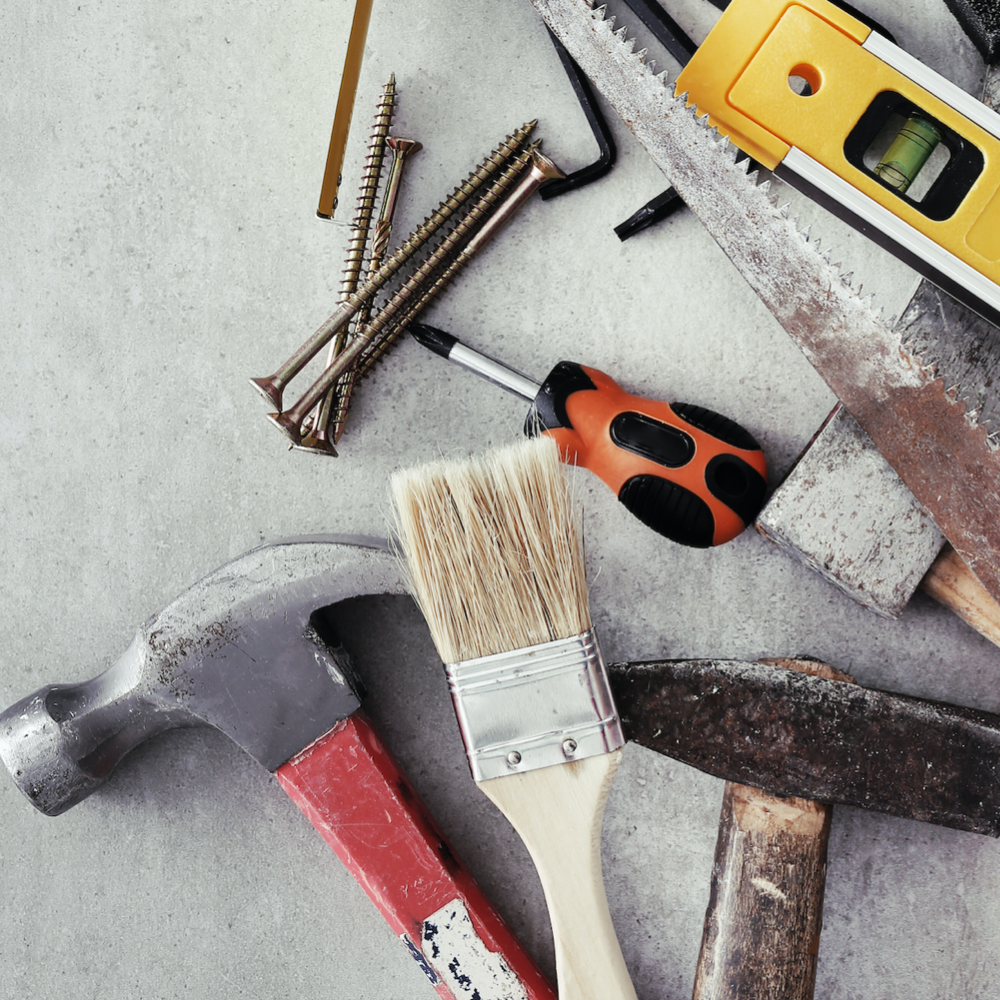
- Events
- Australia Day
- Bastille Day
- Burns Night
- Christmas
- Day of the Dead
- Eurovision
- Festivals / Summer
- Halloween
- Halloween Accessories
- Nativity
- Oktoberfest
- Olympics
- Pride
- Red Nose Day
- School Play Costumes
- St Andrew's Day
- St Davids Day
- St Georges / England Supporters
- St Patricks Day
- Six Nations Rugby
- Stag Do
- Summer
- Thanksgiving
- VE Day
- World Book Day
- Adult World Book Day Costumes
- 4th July

- Themes
- Animals
- Around The World
- Book Characters
- British
- Chocolate Factory
- Cops & Robbers
- Cosplay
- DC
- Doctors and Nurses
- Fairytale
- Funny / Novelty
- Gangster
- Harry Potter
- Hawaiian / Summer
- Heroes and Villains
- Historical
- Army, Air Force & Naval
- Mexican Fiesta
- Pick Me Up
- Pink Cowgirl Hat Aesthetic
- Pirates
- Popstars and Celebrities
- Pre Historic
- Religious
- Sexy Costumes
- Sports
- Star Wars
- Steampunk
- Suits
- Tiger King
- TV, Film and Game
- Wild West
- Wizard of Oz
- Wizards & Witches
- 2000s
- 1990s
- 1980s
- 1960s 1970s
- 1950s
- 1940s
- 1920s

- Cosmetics
- Body Crayons
- Eye Liner
- Fabric Paint
- Face & Body Paint
- Face Jewels
- Fake Blood
- FX Fluids
- Glitter Fixatives
- Glitter Gel
- Glitter Shaker
- Hair Colour Spray
- Hair Gel
- Hair Streaks
- Lipgloss
- Lipstick
- Lip Tattoos
- Loose Glitter
- Mascara
- Nail Polish
- Pigment Shakers
- Pro Face Paint Cake Pots
- Scars, Wounds, Prosthetics & FX

- Accessories
- Bandanas & Scarves
- Belts
- Braces
- Capes
- Elf Accessories
- Eye Lashes
- Facial Hair
- Feather Boas
- Glasses
- Gloves
- Guns, Weapons & Swords
- Hats & Headwear
- Hosiery
- Inflatables
- Jewellery
- Masks
- Masquerade Masks
- Nipple Pasties
- Pacifiers
- Props
- Sets & Kits
- Shoe Covers
- Shoes / Boots
- Sleeves
- Teeth
- Ties & Bowties
- Tutus & Underskirts
- Wigs
- Wings & Wands
- Other

- Gifts by Category
- Alternative
- Balloon Dog Sculptures
- Batteries
- Colouring Books
- Decorative Accessories
- Food & Drink
- Fragrance
- Gadgets & Tech
- Gift Sets
- Gifts for the Home
- Homeware
- Jewellery
- Keepsakes
- Knitting Wool
- Life
- Luggage & Suitcases
- Miscellaneous
- Ornaments
- Personalised Gifts
- Puzzle Books
- Puzzles
- Slippers
- Smoking
- Stationery
- Umbrellas
- Vehicle
- Wallets & Purses
- Warmies


-
- Australia Day
- Bastille Day
- Burns Night
- Christmas
- Day of the Dead
- Eurovision
- Festivals / Summer
- Halloween
- Halloween Accessories
- Nativity
- Oktoberfest
- Olympics
- Pride
- Red Nose Day
- School Play Costumes
- St Andrew's Day
- St Davids Day
- St Georges / England Supporters
- St Patricks Day
- Six Nations Rugby
- Stag Do
- Summer
- Thanksgiving
- VE Day
- World Book Day
- Adult World Book Day Costumes
- 4th July
-
- Animals
- Around The World
- Book Characters
- British
- Chocolate Factory
- Cops & Robbers
- Cosplay
- DC
- Doctors and Nurses
- Fairytale
- Funny / Novelty
- Gangster
- Harry Potter
- Hawaiian / Summer
- Heroes and Villains
- Historical
- Army, Air Force & Naval
- Mexican Fiesta
- Pick Me Up
- Pink Cowgirl Hat Aesthetic
- Pirates
- Popstars and Celebrities
- Pre Historic
- Religious
- Sexy Costumes
- Sports
- Star Wars
- Steampunk
- Suits
- Tiger King
- TV, Film and Game
- Wild West
- Wizard of Oz
- Wizards & Witches
- 2000s
- 1990s
- 1980s
- 1960s 1970s
- 1950s
- 1940s
- 1920s
-
- Body Crayons
- Eye Liner
- Fabric Paint
- Face & Body Paint
- Face Jewels
- Fake Blood
- FX Fluids
- Glitter Fixatives
- Glitter Gel
- Glitter Shaker
- Hair Colour Spray
- Hair Gel
- Hair Streaks
- Lipgloss
- Lipstick
- Lip Tattoos
- Loose Glitter
- Mascara
- Nail Polish
- Pigment Shakers
- Pro Face Paint Cake Pots
- Scars, Wounds, Prosthetics & FX
-
- Bandanas & Scarves
- Belts
- Braces
- Capes
- Elf Accessories
- Eye Lashes
- Facial Hair
- Feather Boas
- Glasses
- Gloves
- Guns, Weapons & Swords
- Hats & Headwear
- Hosiery
- Inflatables
- Jewellery
- Masks
- Masquerade Masks
- Nipple Pasties
- Pacifiers
- Props
- Sets & Kits
- Shoe Covers
- Shoes / Boots
- Sleeves
- Teeth
- Ties & Bowties
- Tutus & Underskirts
- Wigs
- Wings & Wands
- Other







-
- Alternative
- Balloon Dog Sculptures
- Batteries
- Colouring Books
- Decorative Accessories
- Food & Drink
- Fragrance
- Gadgets & Tech
- Gift Sets
- Gifts for the Home
- Homeware
- Jewellery
- Keepsakes
- Knitting Wool
- Life
- Luggage & Suitcases
- Miscellaneous
- Ornaments
- Personalised Gifts
- Puzzle Books
- Puzzles
- Slippers
- Smoking
- Stationery
- Umbrellas
- Vehicle
- Wallets & Purses
- Warmies

How To Sharpen A Chisel: A Step By Step Guide
by Darren Butler
Last updated: Jul 07, 2025

Sharpening a chisel is a vital skill that any woodworker or DIY enthusiast needs to master. Whether you're carving intricate designs or chiselling away large sections of wood, a sharp chisel makes all the difference in achieving precise, clean cuts. Without sharp tools, you'll struggle with control and accuracy, often creating a mess instead of a masterpiece. Additionally, a dull chisel can be dangerous, as it may slip unexpectedly and cause injury. This comprehensive guide will walk you through the essential steps of sharpening a chisel to keep your tools in peak condition and ensure your woodworking projects run smoothly.

Understanding the Chisel
Before you can sharpen a chisel, it’s important to understand its construction. A chisel typically consists of two main parts: the blade and the handle. The blade is the critical part, often made from high-carbon steel or alloy steel, designed to hold an edge for precision cutting. The handle, often made from wood or plastic, provides leverage and control. Chisels come in various shapes, sizes, and angles, each suited for a different type of woodworking task.
Some chisels are designed with a flat bevel (a single angled edge), while others have a curved or rounded bevel, useful for carving and other detailed tasks. When sharpening a chisel, the goal is to maintain the original bevel angle and shape, ensuring that the tool works as intended for its specific purpose.

Tools and Materials for Sharpening
To sharpen a chisel effectively, there are a few essential tools you will need. The most common sharpening method involves using a sharpening stone, but other tools can assist depending on your preference and the condition of the chisel.
- Sharpening Stone – A flat sharpening stone is essential. You’ll find both natural and synthetic stones, with most offering a coarse side (for grinding) and a finer side (for honing and polishing). The finer the grit, the smoother the finish you’ll achieve.
- Honing Guide – While optional, a honing guide ensures that you maintain a consistent bevel angle while sharpening your chisel. This tool is especially helpful for beginners, as it eliminates the guesswork of maintaining the right angle during the process.
- Lubricant – Sharpening stones require a lubricant, usually water or honing oil, to prevent clogging and to reduce friction during sharpening. This helps to keep the stone clean and makes sharpening smoother.
- Rag and Oil – A clean rag to wipe off any excess oil or water from the chisel after sharpening and to prevent rusting. A light coat of oil applied to the blade after use can help protect the edge from corrosion.

Preparing for Sharpening
Before you begin the sharpening process, it’s essential to prepare both your chisel and workspace. Make sure your chisel is free from dirt, rust, or old adhesive. Use a rag to wipe down the blade, and inspect it for any significant nicks or damage. If the blade has been severely damaged, you might need to use a coarser grit or even a grinding wheel before proceeding with finer sharpening stones.
Also, ensure your sharpening stone is properly prepared. If using a water stone, soak it in water for around 10–15 minutes. If you’re using an oil stone, apply honing oil to its surface. A clean and smooth stone surface is crucial for even sharpening.

Grinding the Bevel
The first step in the sharpening process is to grind the bevel. This is done on the coarse side of the sharpening stone. Start by placing the bevel of the chisel flat against the stone at the correct angle. Typically, a bevel of around 25 to 30 degrees is suitable for general woodworking chisels, but this can vary depending on your specific needs. For example, a lower angle (around 20 degrees) is ideal for fine carving chisels.
To grind the bevel, push the chisel across the stone, ensuring that the entire bevel contacts the stone’s surface. Move in a smooth, back-and-forth motion, lifting the chisel slightly and rolling it during each stroke. This technique ensures an even sharpening of the entire edge and prevents the chisel from becoming hollowed out in the centre.
As you sharpen, you’ll notice a thin burr (a tiny raised edge of metal) forming on the opposite side of the bevel. This is a sign that the blade has been sufficiently ground, and it’s time to move on to the next stage.

Removing the Burr
Once the burr has formed, you’ll need to remove it. Flip the chisel over and lightly hone the flat side on the stone. A few light strokes should suffice. This removes the burr and helps to smooth out any unevenness from the grinding stage. Be sure to avoid over-sharpening the flat side, as this could distort the edge.
Honing for a Polished Edge
Now that the chisel has been ground and the burr removed, the next step is to hone the blade. Honing refines the edge, removing any micro-imperfections left from the grinding process and giving the chisel a sharp, polished finish.
Switch to the finer grit side of your sharpening stone or, if available, a dedicated honing stone. The honing process is less aggressive than grinding, so use light, controlled strokes across the stone, ensuring the bevel is maintained at the correct angle. This step helps to smooth out the edge, creating a razor-sharp finish.

Testing the Sharpness
Once you’ve honed the chisel, it’s time to test its sharpness. Take a piece of scrap wood and make a few light cuts. A sharp chisel should easily slice through the wood with minimal force, creating smooth, clean cuts without tearing or splintering the fibres. If the chisel doesn’t perform as expected, return to the stone and refine the edge further.
You can also test the sharpness by carefully running your finger (perpendicular to the edge) along the blade. If it feels very sharp and smooth, you're done. However, always exercise caution during this process, as the chisel’s edge can be extremely fine and prone to causing injury.
Regular Maintenance and Care
To keep your chisels sharp and in good condition, regular maintenance is key. After each use, clean your chisels to remove wood debris and moisture. This can be done with a clean rag or a soft brush. Apply a small amount of oil to the blade to prevent rust. Rust can quickly dull the edge and cause irreversible damage to the tool.
Storing chisels properly is also vital for maintaining sharpness. Keep them in a dry, cool environment to avoid corrosion. If you use a chisel roll or case, this will also protect the blade from accidental damage.

Conclusion
Sharpening a chisel is an essential skill for any woodworker, whether you're a beginner or an expert. A sharp chisel not only makes your work more precise and enjoyable but also ensures safety in the workshop. By following the correct techniques, using the proper tools, and maintaining your chisels regularly, you can keep them in peak condition for years to come. As with all woodworking skills, practice is crucial. Don’t be discouraged if your chisels aren’t perfectly sharp on your first attempt—sharpening is a skill that improves with time and experience. Happy woodworking!
- Menu
- Fancy Dress
- Electronics & Gaming
- Clothing
- Pet Products
- Garden
- Tools & DIY
- Home & Leisure
- Gifting & Parties
- Toys
- Information
- About Us
- Become a seller
- Affiliate Programme
- Frequently Asked Questions
- Returns and Refunds
- Terms And Conditions
- Privacy Policy
- View our blog
- Featured
- View more
- Customer Care
- [email protected]
- +44 (0) 1702 617821
- ILFD Group Ltd T/A Cazaar®
- Company Number: 07034824









































































